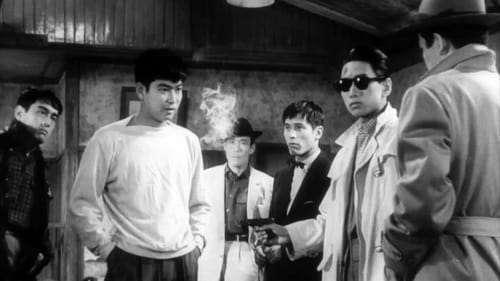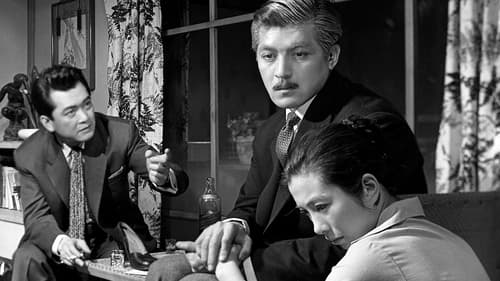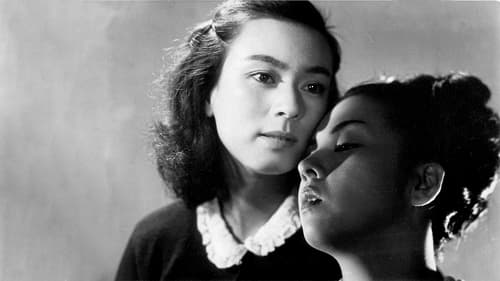
Ruriko
A former boxer gets involved with a club hostess trying to escape the clutches of her gangster employer.

Tori Hisai
Shokichi, the owner of the clothing store, lives with his daughter Hideko and plans to open an art gallery. One day, Hideko led a handsome art student, Shohei and a poor painter, Sohei. Sohei’s painting was praised by a great printer at the completion ceremony of the art gallery. Since he became successful as a painter, but he looked quite indifferent. Around the same time, Shohei’s sister brought Sohei’s pictures to the gallery and Shokichi noticed that she was a daughter of his first love.

Maki (Ryoko's step-mother)
A woman falls in love with her sister's fiancé.

Mother
太陽族の滝島夏久はまだ純真な弟・春次の初恋の女性・恵梨を奪う。やがて心の中にあった兄弟への愛情の均衡も破れ、恵梨は夏久の強靭な肉体に強く惹かれていった。恵梨と夏久の全ての出来事を知った春次は、憑かれたようにモーターボートでヨットの二人を追った…。

Momoko
Ise, a successful entrepreneur, accidentally murders his lunatic wife after he is spotted having an affair with his secretary, Harumi. In his attempt to perfect his crime, he drives to a remote quarry to bury his wife’s body, but along the way, he finds another dead body in the back of his car! Given no choice, Ise dumps both bodies. Meanwhile, Yoshie begins her search for her missing brother, Yoshihiko. After surprising twists and turns, Ise faces his fate.

Ruriko's Mother
Ruriko's father is a well known scientist who's involved in secret research that even his family doesn't know about. Ever since he moved up to the research laboratory in Hokkaido, Ruriko hasn't heard from him. The only thing that reminded her of his warmth was the green music box that he’d left behind for her. She longed to reunite with her father. The little box played music that lifted her spirits, to a place where everything was perfect.

Waitress
Shinnosuke is introduced to Shizu as a prospective marriage partner, but he falls in love with her widowed sister Oyu. Convention forbids Oyu to marry because she has to raise her son as the head of her husband's family. Oyu convinces Shinnosuke and Shizu to marry so that she can remain close to Shinnosuke.

Clothes of Deception initiated Yoshimura’s most characteristic vein. This geisha story is often described as a loose remake of Mizoguchi’s pre-war masterpiece Sisters of Gion (1936), but this is inexact. Whereas in Mizoguchi’s study of two sisters, both women had been geisha, in Yoshimura’s film only Kimicho (Kyo Machiko) is, while her sister works in the Kyoto tourist office. Juxtaposing a traditional Kyoto profession with a modern one, Yoshimura shows how life in the old capital was changing in the wake of wider transformations in Japanese society.

Directed by Akira Nobuchi






